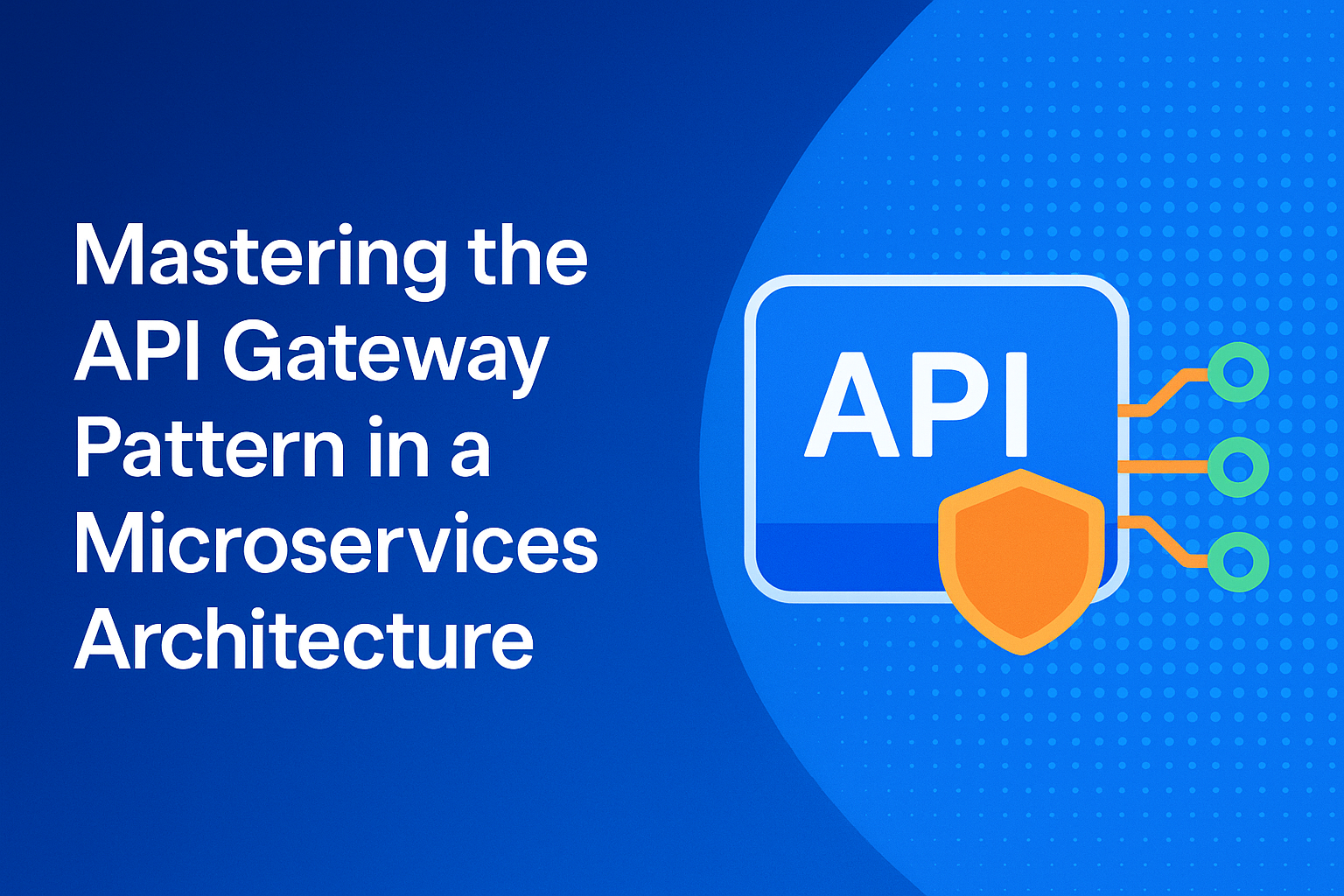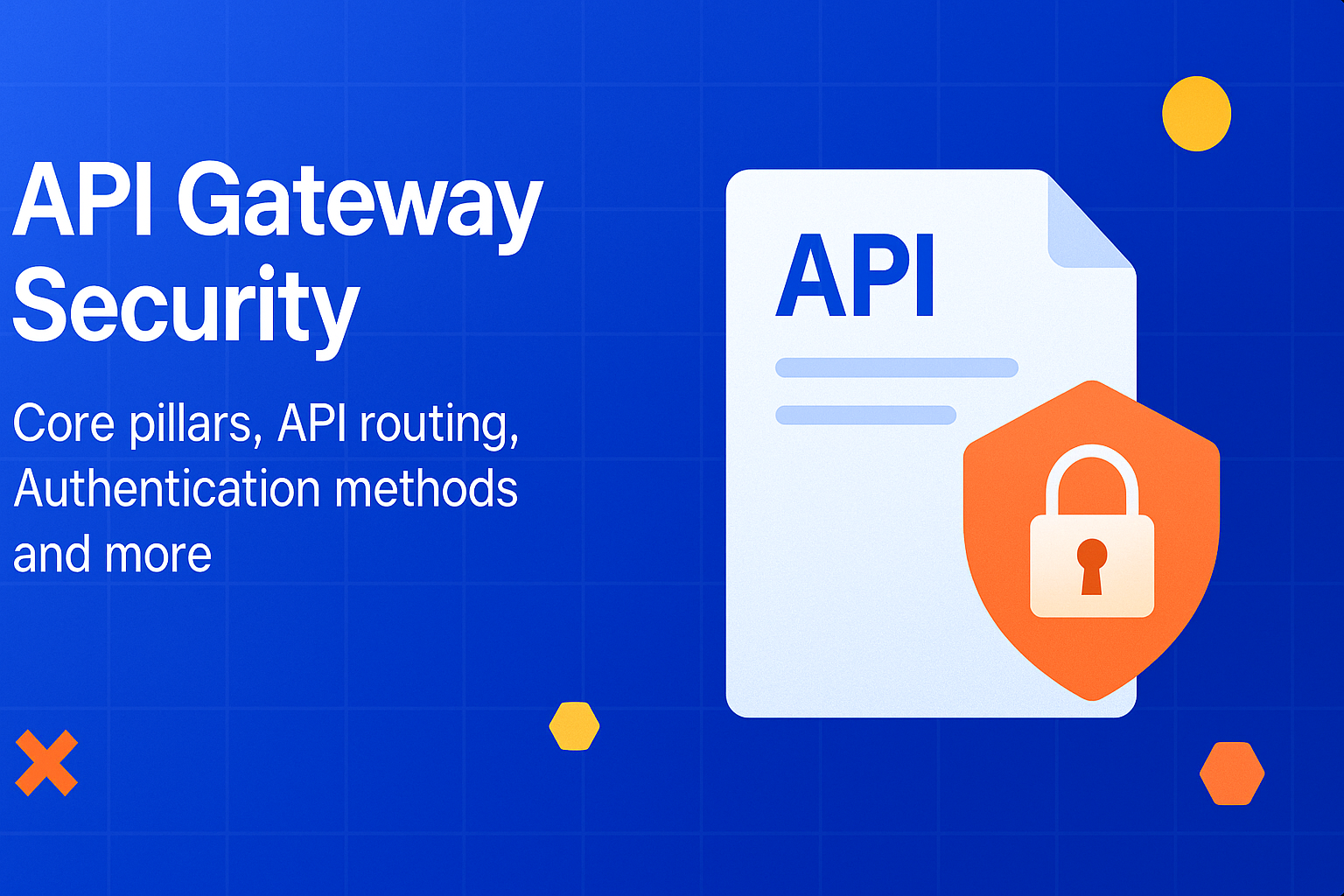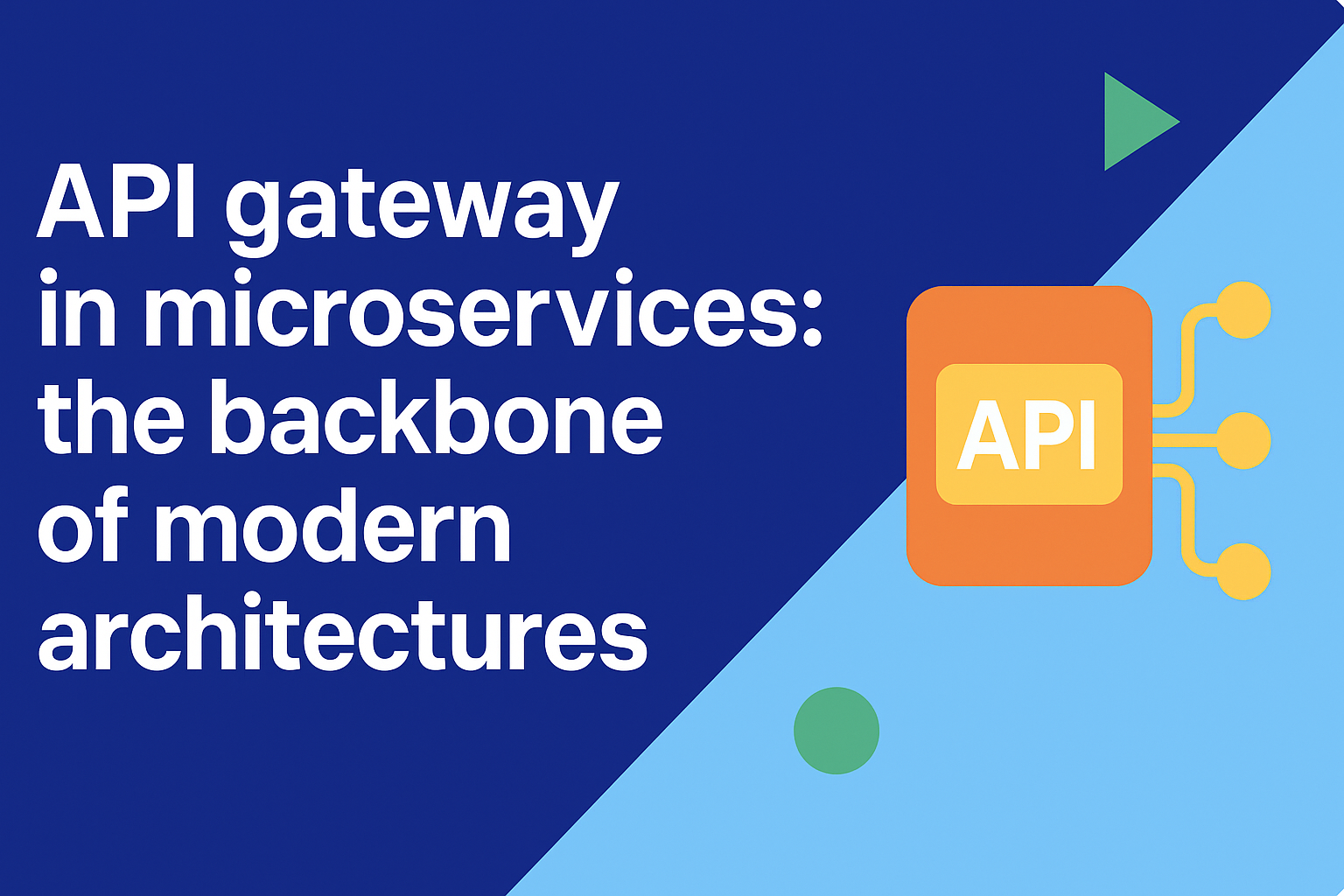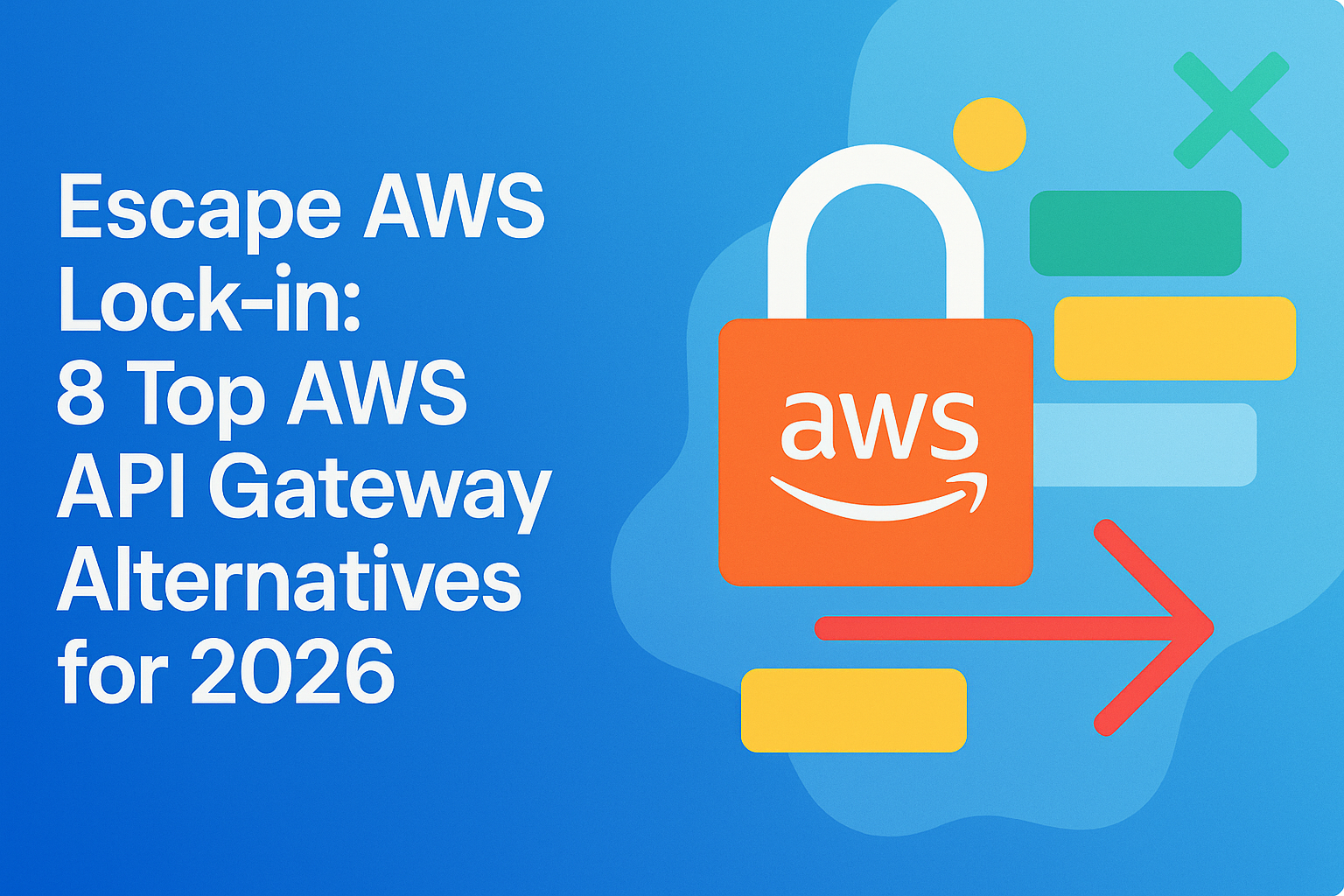
Amazon API Gateway is a fully managed service, acting as the "front door" for an application's backend services. It's the default choice for many teams building inside the AWS ecosystem.
As architectures change, however, that default choice may no longer be the best fit. The major AWS outage in late 2025 served as a powerful reminder of the risks of this dependency. Many organizations now face growing challenges with high costs, inflexibility, and vendor lock-in, prompting them to look for alternatives. Let's review the common issues and the top solutions for 2025.
Common pain points with AWS API Gateway
AWS API Gateway is powerful, but it creates challenges as organizations grow. Teams often face high costs, deep vendor lock-in, operational complexity, and reliability concerns, sparking the search for alternatives.
Vendor lock-in
This is the most significant challenge. The gateway is deeply integrated with the AWS ecosystem, from IAM for security to Lambda for custom authorizers and Cognito for user management. This tight coupling makes it difficult and costly to migrate services or adopt a multi-cloud strategy.
Multi-cloud & hybrid inflexibility
AWS API Gateway is not designed for hybrid or multi-cloud environments. If your services are spread across AWS, Azure, GCP, and on-premise data centers, it cannot provide a single, unified entry point or governance layer.
Reliability & single point of failure
AWS is built for high availability, yet major outages still happen. The widespread outage in late October 2025, which affected core services including API Gateway, demonstrated this risk clearly.

Image Source: Reddit
Relying entirely on a single vendor's managed services creates a critical single point of failure that can halt business operations.
Operational complexity
It's a "managed" service, but complex scenarios require deep AWS-specific knowledge. Configuring VTL mapping templates for transformations, managing stages, and writing custom Lambda authorizers adds significant development and maintenance overhead.
Key factors when evaluating an API gateway
Choosing a new API gateway is a major decision. Before jumping to a new tool, it's critical to evaluate your core needs. Ask these key questions to find a solution that fits your architecture.

Deployment model
- Do you need a fully managed cloud service (SaaS), or a self-hosted solution that can run on-premise or in your own Kubernetes cluster for maximum control?
Pricing model
- Do you prefer the predictability of a flat-rate subscription, or a "pay-for-what-you-use" model that can scale up or down?
Ecosystem (single vs. multi-cloud)
- Do you need a "gateway-agnostic" platform that can connect to multiple clouds and services, or is a single-vendor solution acceptable?
Performance & latency
- Does the gateway need to be extremely lightweight and high-performance, or is standard performance acceptable for your use case?
Security & governance
- Do you need simple key/token-based security, or advanced features like OIDC integration, granular policies (e.g., OPA), and a full audit trail?
Ease of use & developer experience
- How easy is it to configure policies?
- Does it require a dedicated ops team, or can developers self-serve through a simple UI or GitOps workflow?
Top 8 AWS API Gateway alternatives
The market offers many strong alternatives to AWS API Gateway. We've compiled the top 8 solutions, ranging from high-performance open-source gateways to enterprise platforms designed for multi-cloud governance and flexibility.
1. Helix Gateway by DigitalAPI.ai(Book a demo)
Instead of just replacing one gateway with another, digitalapi.ai offers a unified API management platform that sits on top of your existing infrastructure. This is the ideal solution for the primary pain point of vendor lock-in.
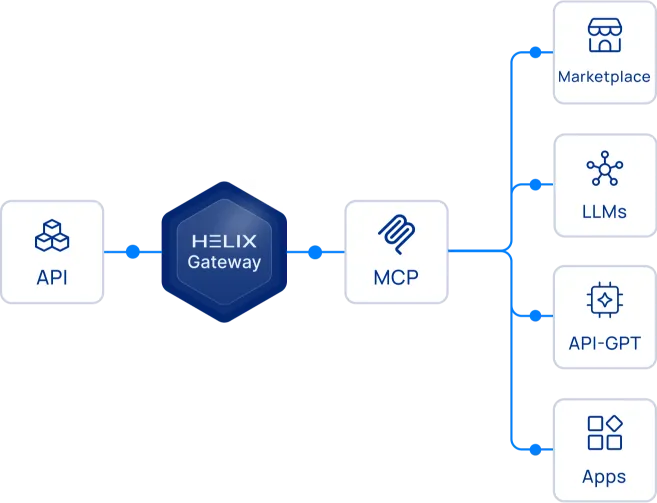
It allows you to manage and govern all your APIs from a single control plane. This applies whether they are on AWS API Gateway, Kong, Apigee, or elsewhere. You get a unified catalog, consistent security policies, and end-to-end analytics without having to "rip and replace" your existing investments.
For new projects, their Helix gateway is a lightweight, easy-to-use alternative designed for speed and simplicity, making it a great fit for teams that want to move fast.
- Ideal Use Case: Enterprises struggling with multi-cloud complexity and API sprawl.
- Solves: Vendor Lock-in, Multi-Cloud Inflexibility, Complexity.
- Key Differentiator: A "gateway-agnostic" control plane that unifies existing, disparate gateways.
2. Kong Gateway
Kong is one of the most popular open-source API gateways. It's lightweight, fast, and built for performance. Its true power comes from its plugin-driven architecture, which lets you easily add functionality for authentication, rate-limiting, logging, and more.
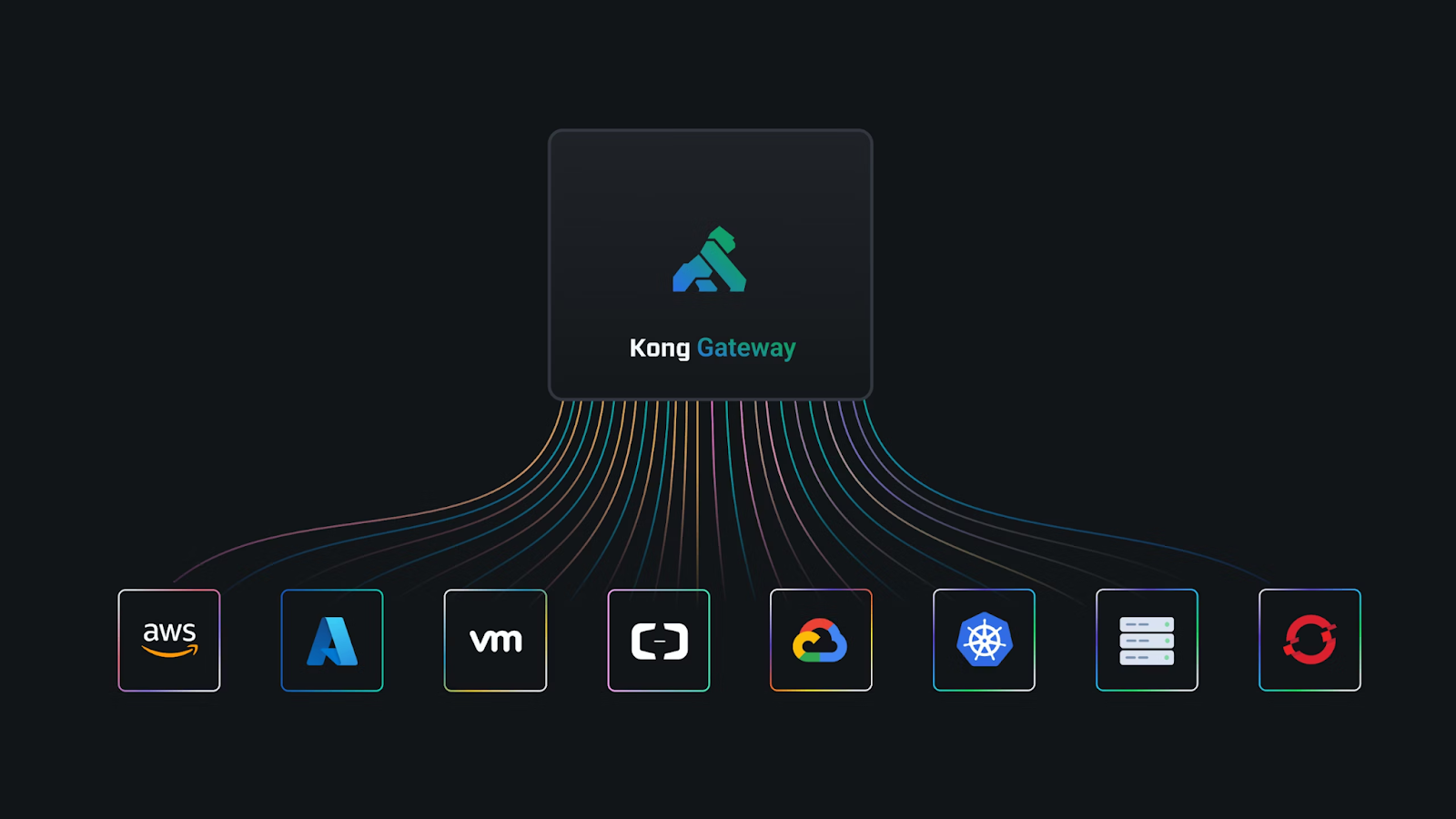
For developer-first teams who live in Kubernetes, Kong is often the top choice because it integrates well into a CI/CD and GitOps workflow.
- Ideal Use Case: High-performance microservices and Kubernetes-native environments.
- Solves: Performance, Extensibility, Complexity.
- Key Differentiator: K8s-native and a massive plugin ecosystem.
3. Tyk
Tyk is another powerful open-source gateway with a strong community. It's known for being easy to set up and configure. Like Kong, it can be deployed anywhere (on-prem, hybrid, or as a managed cloud service).
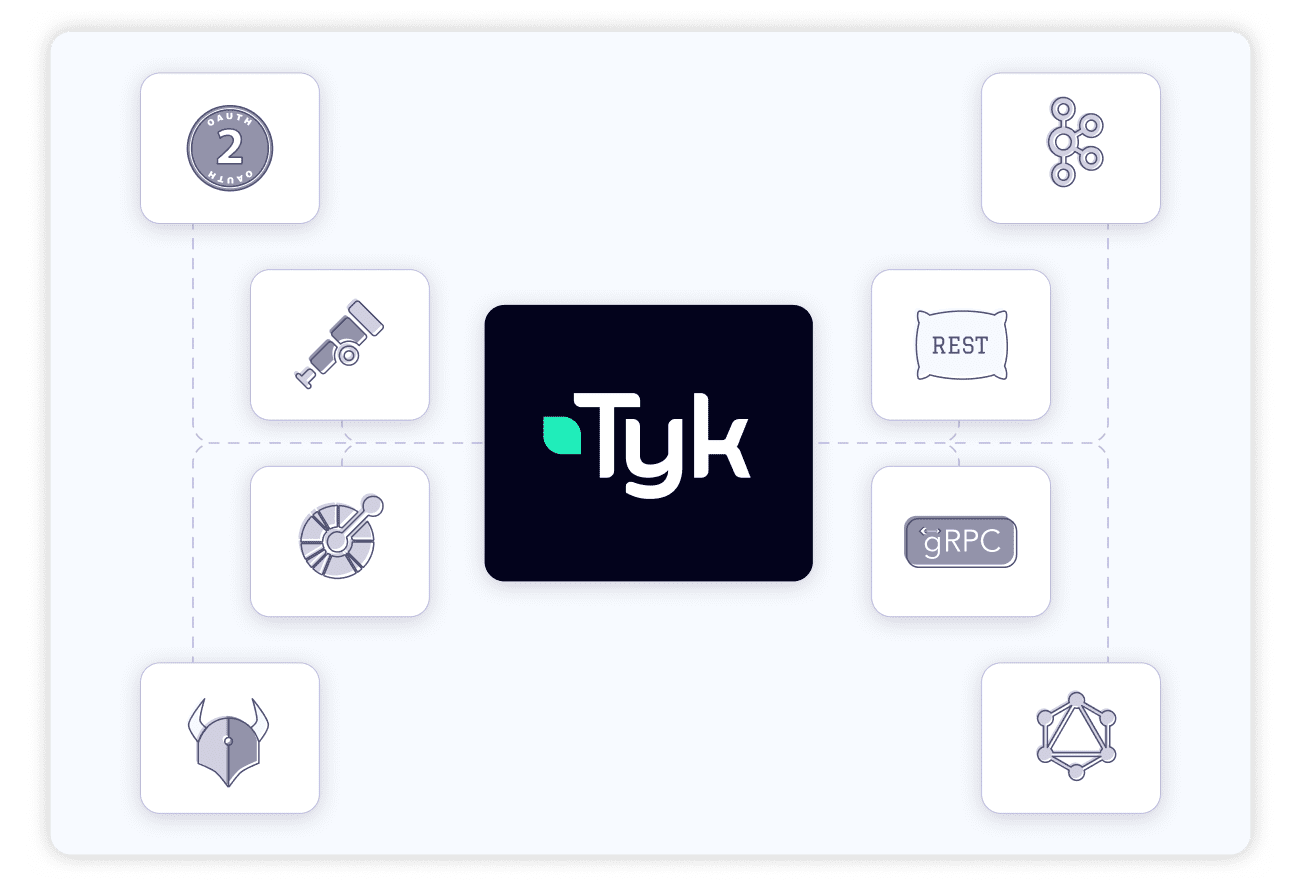
Tyk's architecture is flexible. It includes features like GraphQL support, a developer portal, and dashboard analytics out of the box. It's a fantastic all-rounder for teams that want open-source power without a complex setup.
- Ideal Use Case: Teams seeking a flexible, open-source, and easy-to-use gateway.
- Solves: Complexity, Vendor Lock-in.
- Key Differentiator: "Batteries-included" open-source with a focus on ease of use.
4. Apigee (Google Cloud)
Apigee is a market-leading platform that goes far beyond a simple gateway. It provides end-to-end API lifecycle management, advanced analytics, and powerful monetization features.
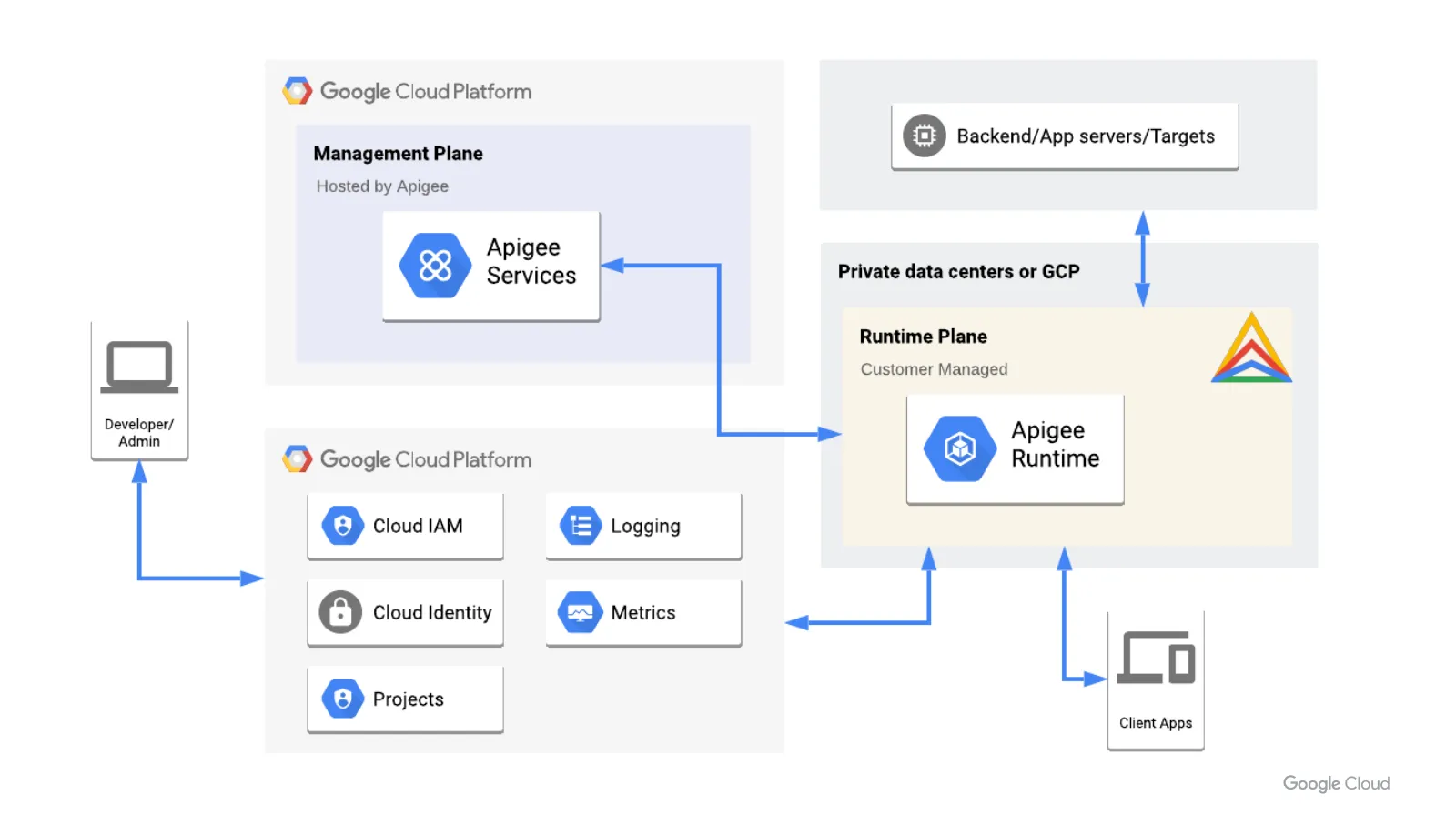
It's designed for large organizations that treat their APIs as products. It has its own form of vendor lock-in with Google Cloud, yet its hybrid architecture provides more flexibility than AWS for on-premise deployments.
- Ideal Use Case: Large enterprises needing full-lifecycle API management and monetization.
- Solves: Enterprise Governance, Analytics, Monetization.
- Key Differentiator: Advanced analytics and built-in API monetization.
5. Azure API Management
This is Microsoft's direct equivalent to AWS API Gateway. It's a powerful and mature service that excels at creating a consistent, modern API facade for backend services. Its biggest strength is its excellent, customizable developer portal.
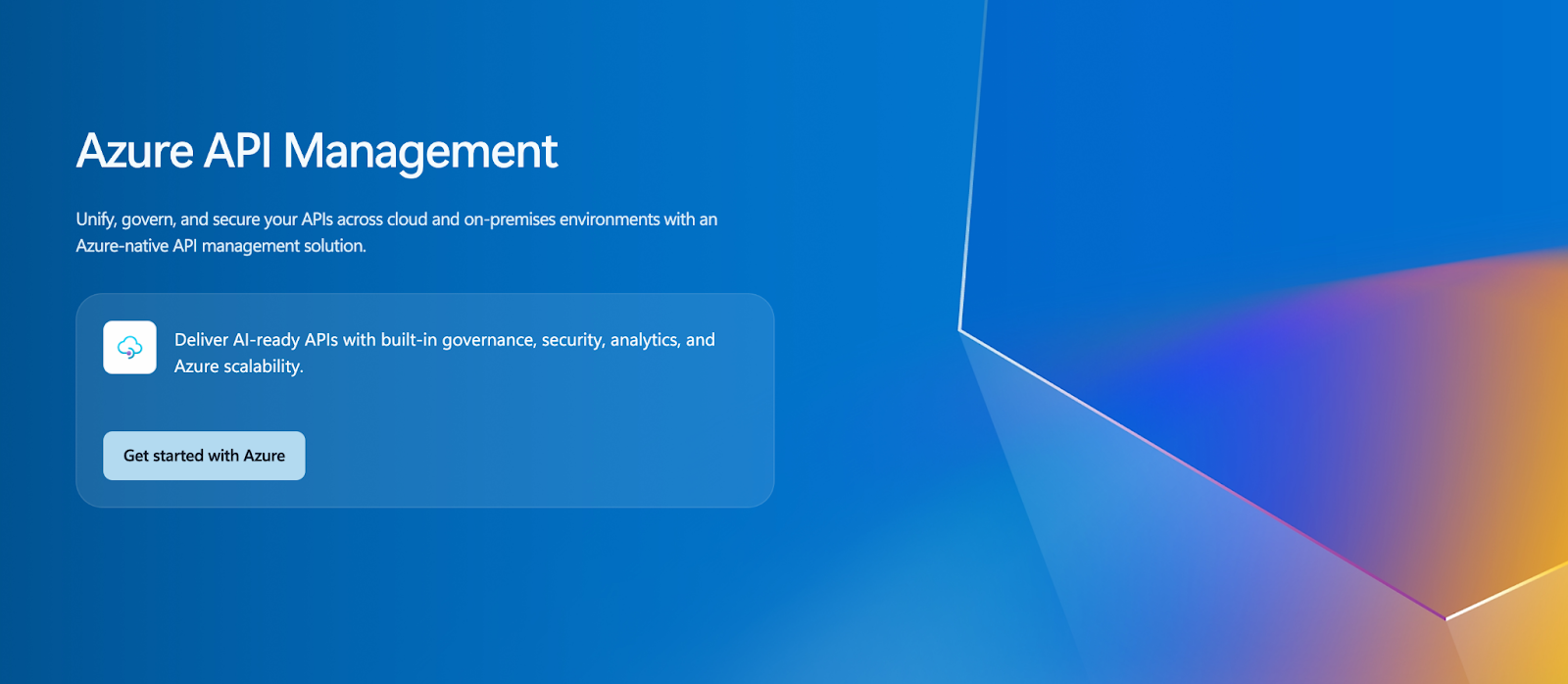
For organizations already using Azure services (like Azure Functions, Logic Apps, and Azure AD), it's the natural choice. It is also a strong contender for multi-cloud strategies involving both AWS and Azure.
- Ideal Use Case: Organizations building on the Microsoft Azure ecosystem.
- Solves: Enterprise Governance, Developer Experience.
- Key Differentiator: A top-tier developer portal and deep Azure integration.
6. MuleSoft Anypoint Platform
MuleSoft is less of an API gateway and more of a full Integration Platform as a Service (iPaaS). Its primary goal is to connect anything and everything: from Salesforce and SAP to legacy mainframes and modern microservices.
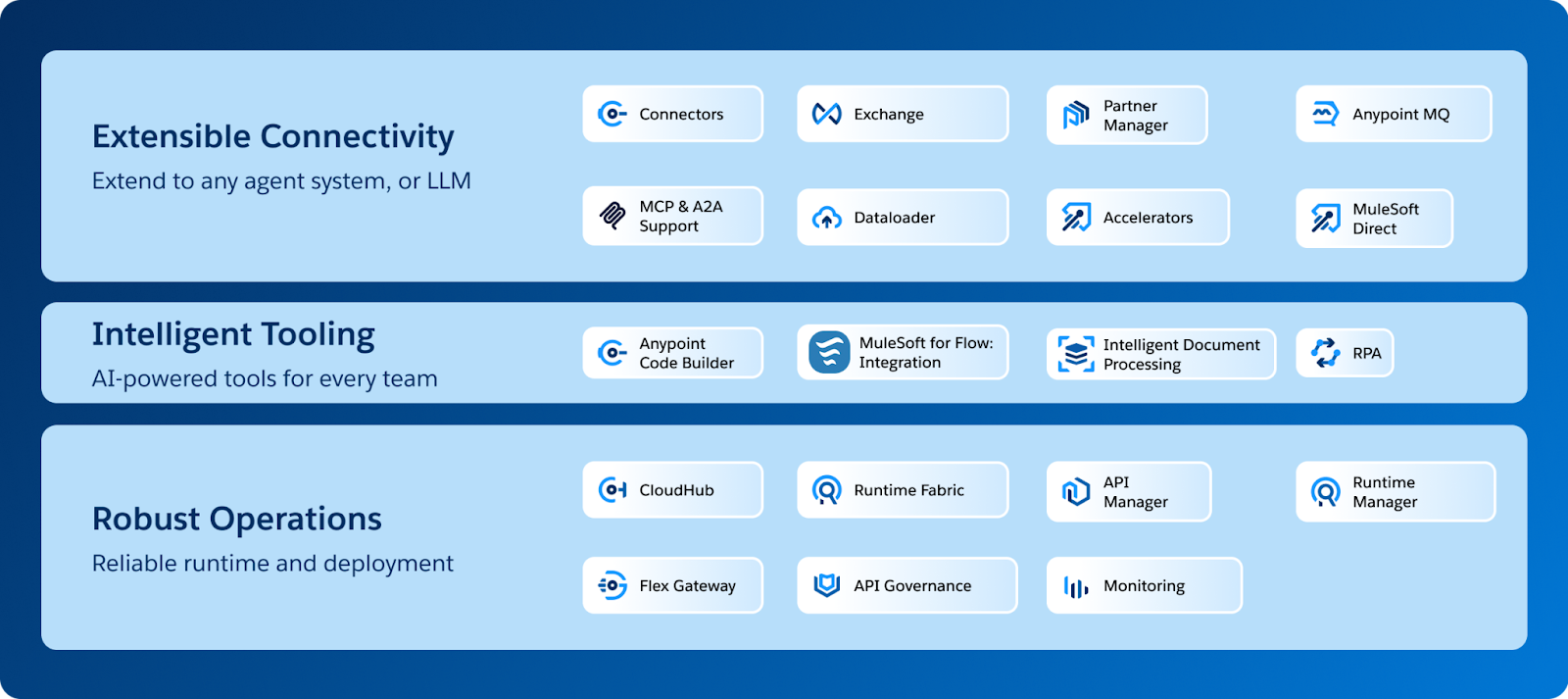
If your primary challenge is not just exposing APIs but orchestrating complex, backend-heavy business processes, MuleSoft is the enterprise standard. It's a heavy-duty solution for a heavy-duty problem.
- Ideal Use Case: Deep enterprise integration (iPaaS).
- Solves: Complex Enterprise Integration, Legacy Systems.
- Key Differentiator: A full iPaaS for connecting disparate systems.
7. Gravitee
Traditional API gateways were built for synchronous, request-response (REST) APIs. Gravitee is an open-source platform designed for the modern world of event-driven architectures.
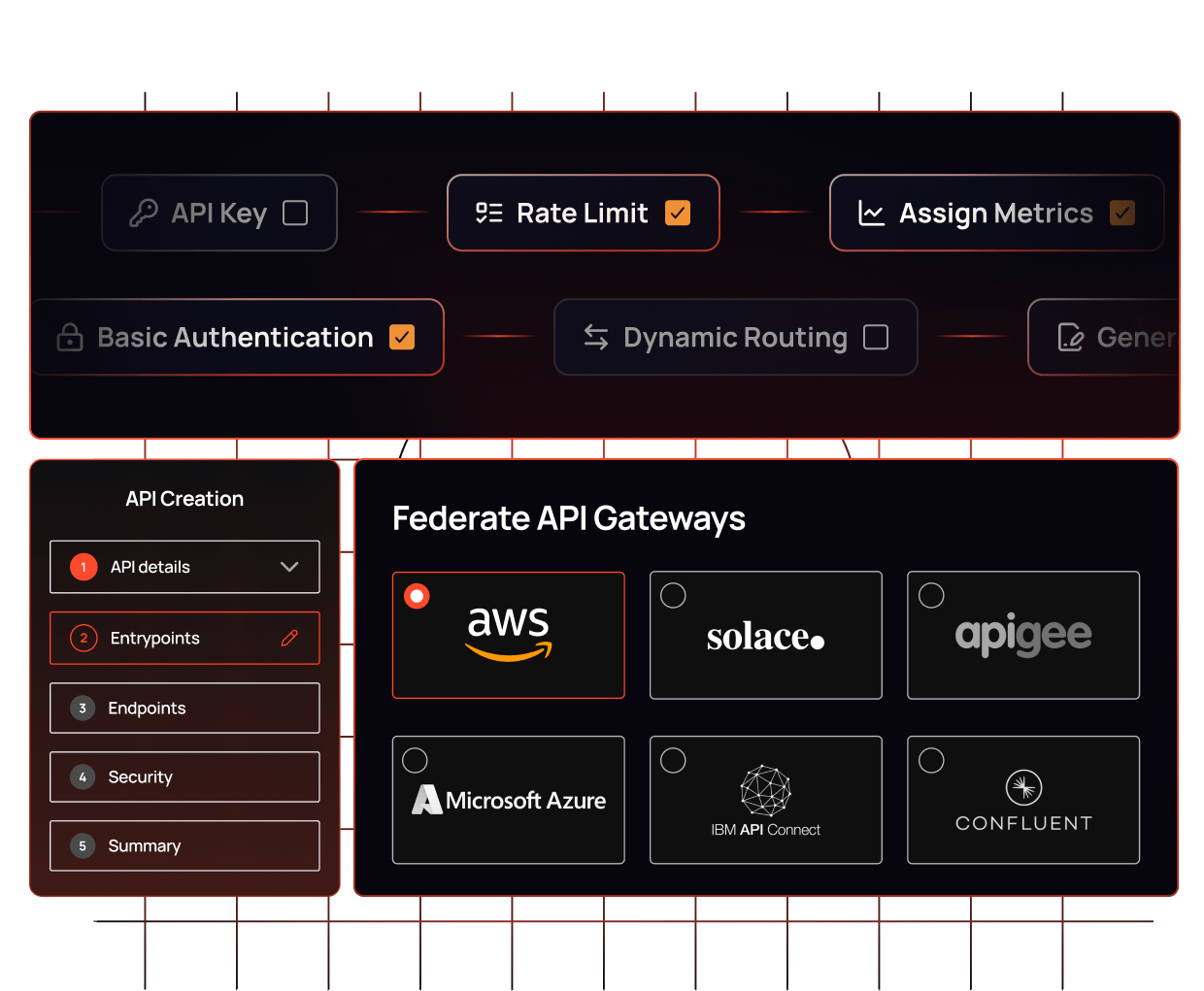
It provides first-class support for managing asynchronous APIs, such as WebSockets, WebHooks, and Kafka streams, right alongside your REST APIs. If your architecture is becoming more event-driven, Gravitee is built for that future.
- Ideal Use Case: Event-native and asynchronous API architectures.
- Solves: Asynchronous/Event-Driven API Management.
- Key Differentiator: "Event-native" design for managing Kafka, WebSockets, etc.
8. WSO2 API Manager
WSO2 is a long-standing and respected name in open-source middleware. Their API Manager is a complete, end-to-end platform that includes an API gateway, developer portal, analytics, and monetization capabilities.
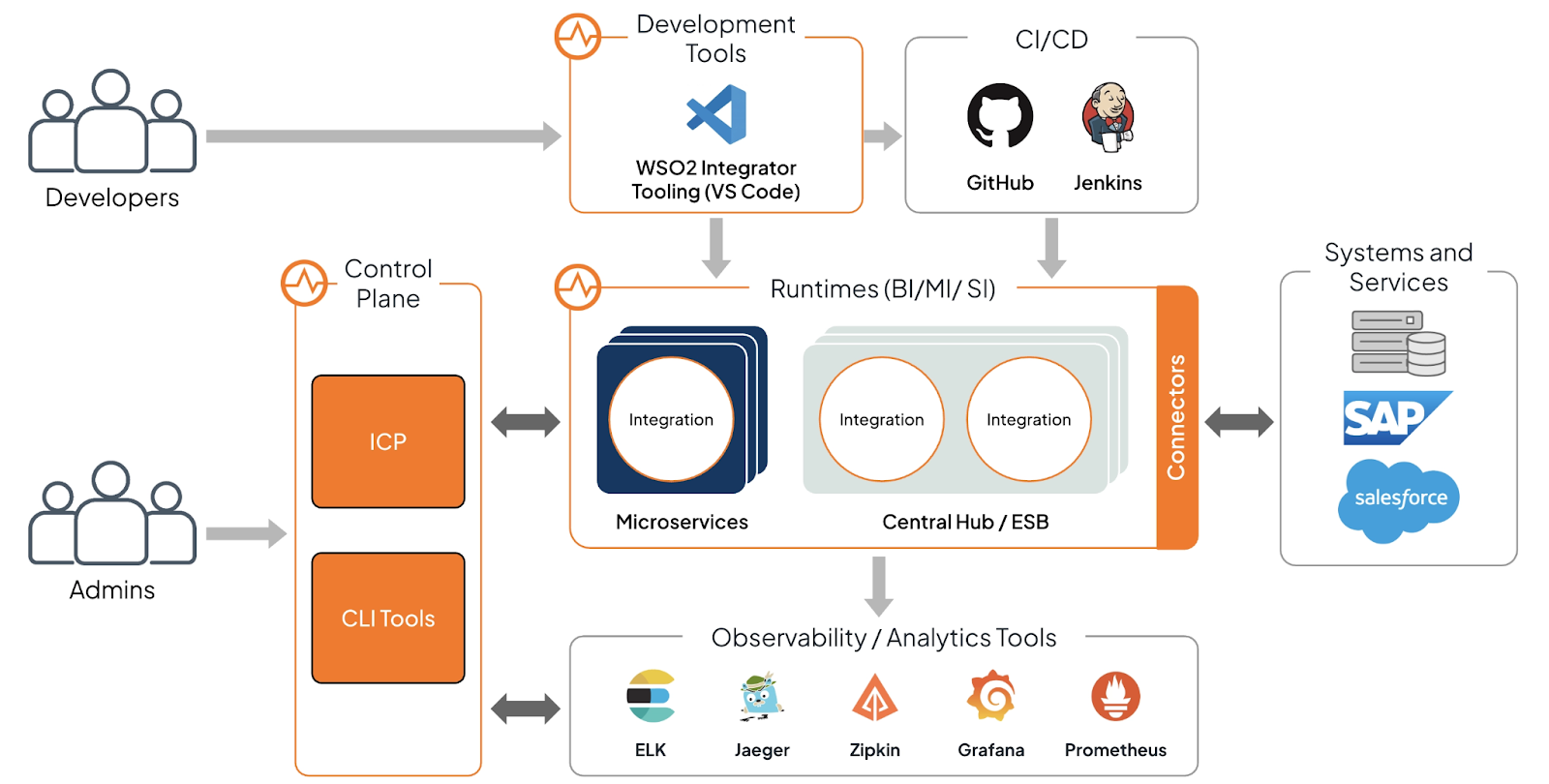
It's a great choice for enterprises that want the features of an Apigee or MuleSoft but in a fully open-source, self-hostable package for maximum control and no vendor lock-in.
- Ideal Use Case: Enterprises wanting a complete, open-source API lifecycle platform.
- Solves: Enterprise Governance, Vendor Lock-in.
- Key Differentiator: A comprehensive, 100% open-source API management stack.
Choosing the right alternative for your use case
The "best" alternative isn't a single product; it's a strategic choice based on your specific scenario. Your company's size, architecture, and primary goals, like speed, governance, or multi-cloud flexibility, will determine the right fit.
Startups
Your main drivers are speed, low cost, and ease of use. A lightweight open-source gateway like Tyk or Kong (self-hosted) is a great start. A managed service with a generous free tier or a simple, lightweight gateway like DigitalAPI.ai's Helix can also get you to market faster without the ops overhead.
Enterprises
Your needs are governance, security, and managing existing systems. If you're building a new "greenfield" platform, an enterprise solution like Apigee is a great choice. If your problem is managing your existing "brownfield" sprawl of APIs across multiple teams and clouds, a unified management platform like DigitalAPI.ai is the most direct solution to regain control.
Multi-cloud / hybrid
If your strategy is to intentionally use multiple clouds (e.g., AWS + Azure), your primary challenge is "API sprawl." A single-vendor solution won't work. You need a gateway-agnostic control plane. This is the core strength of platforms like DigitalAPI.ai and, to an extent, open-source solutions like Tyk or Kong that you deploy and manage consistently everywhere.
Developer-first teams
Your team lives in Kubernetes and speaks GitOps. You need performance, extensibility, and automation. Your best bet is a K8s-native, open-source gateway like Kong or Tyk. These tools are designed to be configured as-code and fit perfectly into a modern CI/CD pipeline.
Final thoughts
Moving away from AWS API Gateway isn't just about a cheaper replacement. It's a strategic choice about your architecture. Whether you need speed, better control, or multi-cloud flexibility, the right alternative will support your future growth.
If you're all-in on AWS, the native gateway may be fine. But if you're feeling the pain of high costs, the inflexibility of a single-cloud strategy, or the complexity of managing API sprawl, it's time to look for an alternative.
Whether you choose a high-performance open-source gateway, an event-native platform, or a unified control plane to manage all your existing services, the right tool will give you the flexibility to build, grow, and regain control of your API ecosystem.
FAQs
1. Why look for alternatives to AWS API Gateway?
The most common reasons are to avoid vendor lock-in with the AWS ecosystem, manage unpredictable and high costs when volumes are high, and gain the flexibility to deploy in multi-cloud or hybrid-cloud environments. The major AWS outage in late 2025 also highlighted the risks of relying on a single vendor for critical infrastructure.
2. What are the best open-source alternatives to AWS API Gateway?
The most popular and well-regarded open-source alternatives are Kong, Tyk, and Gravitee. Kong is known for its high performance and plugin ecosystem. Tyk is praised for its ease of use and flexibility. Gravitee is a top choice for managing event-driven and asynchronous APIs.
3. How does Tyk compare to AWS API Gateway?
Tyk is an open-source, flexible gateway that can be deployed anywhere (on-prem, cloud, or hybrid). AWS API Gateway is a fully managed, proprietary service that only runs in AWS. Teams often choose Tyk to avoid vendor lock-in, get more predictable pricing, and have the ability to run their gateway in any environment.
4. Is Kong better than AWS API Gateway for microservices?
Many developer teams prefer Kong for microservices, especially in a Kubernetes environment. Kong is lightweight, designed for high performance, and is "K8s-native," meaning it fits naturally into a decentralized, container-based architecture and GitOps workflows. AWS API Gateway can front microservices, but it acts more as a centralized "monolithic" entry point.
5. Which API gateway is most cost-effective?
It depends on your team and volume. Open-source gateways like Kong or Tyk can be "free," but you must pay for the operational and infrastructure overhead of managing them. AWS API Gateway is cheap at low volumes but can become very expensive at high volumes. Platforms with flat-rate subscription pricing (like many enterprise and managed open-source plans) can be more cost-effective as they offer predictable billing.
6. What’s the best AWS API Gateway alternative for enterprises?
Enterprises typically choose Apigee (Google Cloud) or MuleSoft for full-lifecycle management and deep integration. For enterprises that already have multiple gateways and are suffering from "API sprawl," a unified management platform like DigitalAPI.ai is often the best alternative to enforce governance and visibility without replacing existing systems.
7. Can I use multiple API gateways in a hybrid environment?
Yes, this is a very common strategy for large organizations. You might use AWS API Gateway for your Lambda services, Azure API Management for your .NET services, and an-open source gateway like Kong on-premise. The primary challenge is not using them, but managing them. This is why unified API management platforms have become essential for hybrid and multi-cloud governance.
You’ve spent years battling your API problem. Give us 60 minutes to show you the solution.
.svg)

%20(1).png)

